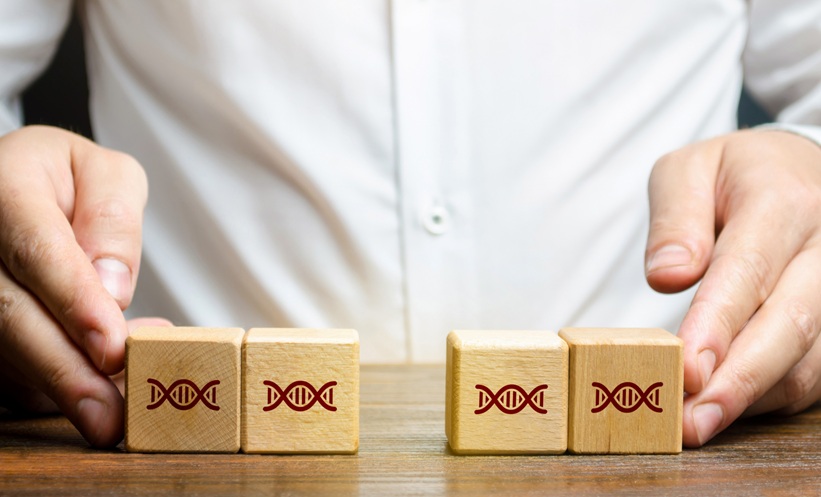DECIPHERING the structure of a key protein in the coronavirus HKU1, a member of a family of deadly viruses, has provided a promising avenue for developing antibodies that may translate into effective therapies, according to a team of researchers.
Over the last 13 years, at least three respiratory coronaviruses have ‘spilt over’ from animal to human populations. Severe Acute Respiratory Syndrome (SARS) killed ≥775 people prior to containment, whilst Middle East Respiratory Syndrome (MERS) has a 36% fatality rate. These pathogens evolve rapidly and little is known about their biological mechanisms. Now, a team of scientists have used cryo-electron imaging to build the first map of a key coronavirus protein in the HKU1 virus, classified in Hong Kong, China, in 2005.
The protein in question was the ‘spike’ protein, so named for its microscopic crowns, after which the taxonomic family takes its name; the Latin ’corona’ translates to crown. The base of these proteins house the cell fusion machinery, which facilitates entry to the host cell. This structure is relatively homologous across species of coronavirus and poses a potential target for antibodies. This vulnerability has been impossible to exploit thus far, as the fusion machinery is shielded by a layer of glycoproteins that ward off antibody attacks. By mapping the spike protein, the team hope to shortcut the fusion machinery.
What they found using the advanced techniques was unexpected. “Everything about this was surprising,” said Dr Robert Kirchdoerfer, Research Associate, Ollman Saphire Laboratory, The Scripps Research Institute, San Diego, California, USA. “This is really one of the first pictures we have of a human coronavirus spike protein.”
The spike proteins have two interwoven ‘lobes’ that crisscross over the fusion machinery and form an inverted bell shape. The research also found that the presence of human cell receptors seemed to trigger retraction of the glycoprotein shield, unveiling the fusion machinery. Antibodies that induce this shift in structure and neutralise the fusion machinery will be the focus of future research.
“This is a nice demonstration of how we can leverage what we have done in different areas such as HIV and Ebola to rapidly solve structures of emerging pathogens,” said Dr Andrew Ward, Associate Professor, Department of Integrative Structural and Computational Biology, The Scripps Research Institute, San Diego, California, USA.
Dr Andrew Ward, Associate Professor, Department of Integrative Structural and Computational Biology, The Scripps Research Institute, San Diego, USA.
Kerys Martin
(Image: freeimages.com)







